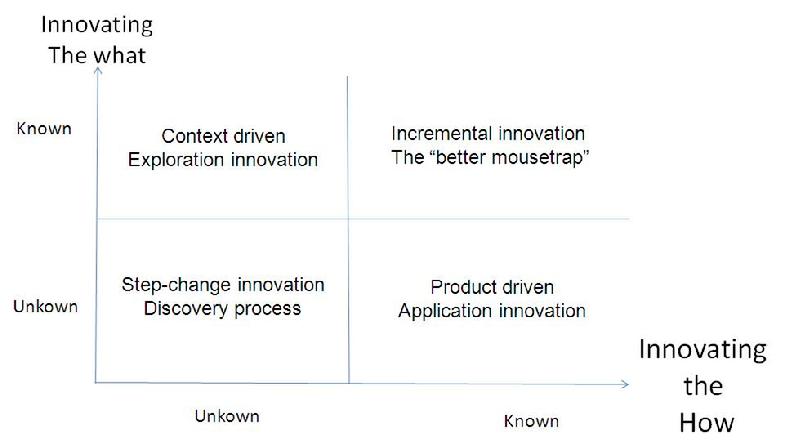Innovation
The ability to adapt may help an organisation to survive, but innovation will ensure it sustains and thrives.
As times become more complex (click here for more), organisations more fluid and dynamic (click here for more) and the need for leadership to be more flexible and adaptive (click here for more), the innovation capability will become increasingly more vital. Our research findings into how Complex Adaptive Leadership is vital for innovation has been supported by others:
“Over the last decade or so, non-linear science researchers have developed tools and concepts that more accurately explain how organisations operate, how leaders can be more effective within them, and how innovation really comes about. In particiular, complexity science shows how the typical focus on “heroic” and charismatic leaders can result in a lack of innovation in modern organisations”
Complexity and the Nexus of Leadership: Leverage Non-linear Science to Create Ecologies of Innovation
by Goldstein J., Hazy J. K., and Lichtenstein B. B. (2010 Palgrave Macmillan)
There are two broad areas for innovation:
- WHAT you do – this could include the product, or the service delivered etc;
- HOW you do it – this could include the process of delivery, or the management style etc
When plotted against each other with each being either known or unknown (set or need for innovation), four broad “innovation spaces” emerge:

We work with teams and organisations to unleash the innovative potential that lies in most orhanisations, a potantial which is all too often frustrated by control mechanisms. A flexible approach to leadership allows such innovation to blossom which can often be achieved by taking stuff away from the organisation, and subtraction, rather than adding stuff to the organisation. We use mass intervention technqiues working with up to a hundred people at a time to unock the inoovation using Anyzing technology.

